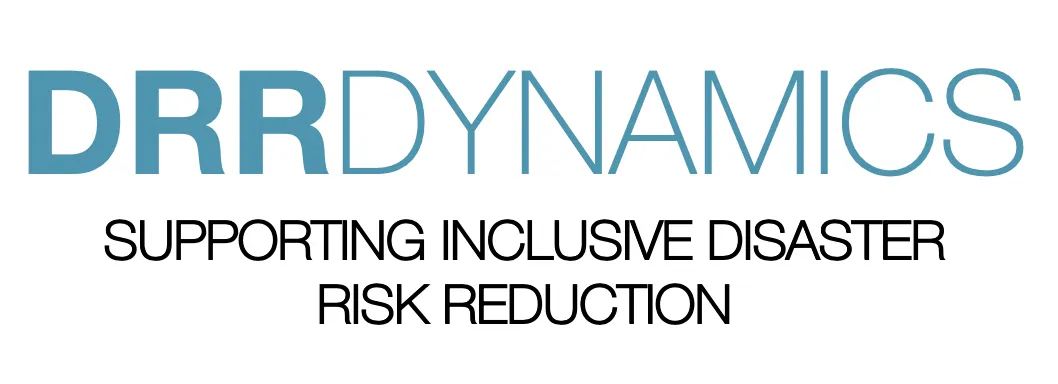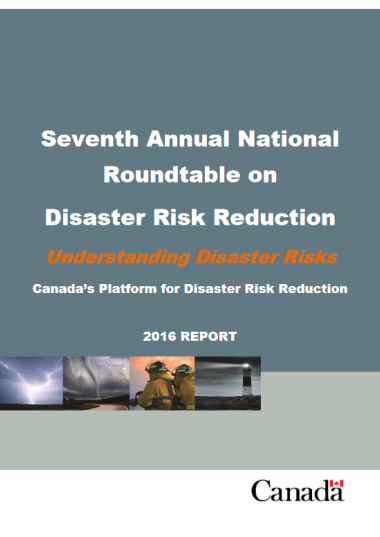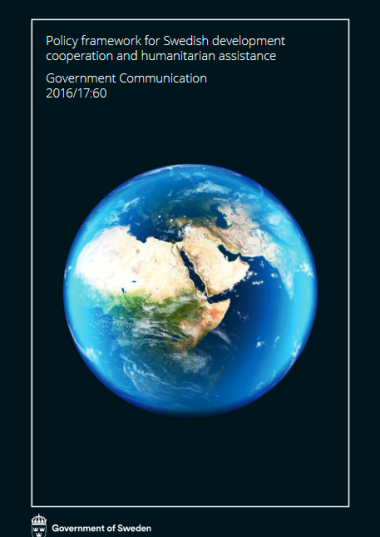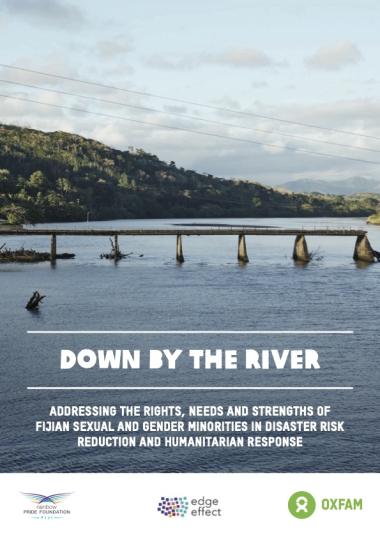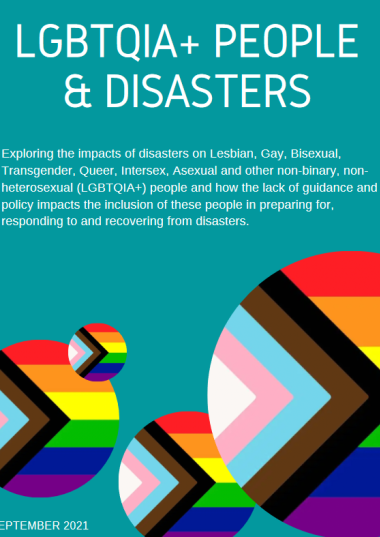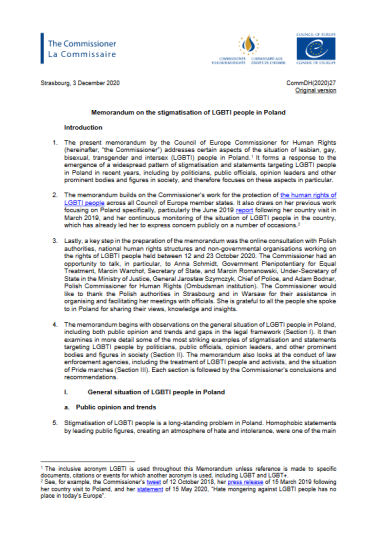
The WRD Policy Tracker
Last updated 5 Apr 2023
The WRD Policy Tracker follows the progress of gender-responsive and inclusive legal, policy, strategic and planning frameworks in 193 UN Member States. It helps analyse comparative progress across regions and countries, and highlights good practice.
- Global Map
- Global Analysis
- Regional Analysis
- High-risk Groups Analysis
- LGBTQIA+
- Findings & Good Practice
Explore which UN Member States or regions have developed gender-responsive and inclusive disaster, climate or development frameworks (i.e. laws, policies, strategies, plans) through this interactive map. The frameworks themselves are accessible through the corresponding table.
-
Globe
Americas & Caribbean
West & Central Africa
Eastern & Southern Africa
Europe & Central Asia
Northern Africa & Middle East
Asia
Pacific
* The boundaries and names shown and the designations used on this map do not imply official endorsement or acceptance by the United Nations
Countries with inclusive frameworks
Regional inclusive frameworks
Explore the global distribution of inclusive frameworks through the following.
Global analysis shows that:
- 88 UN Member States out of the 193 assessed have at least one inclusive disaster, climate, or development framework.
- Almost all reviewed inclusive frameworks have been developed for the national level, and the majority of frameworks developed are either plans or strategies, rather than policies or legislation.
- Inclusive frameworks most often focused on disaster risk reduction or management and climate change, and reflected stronger inclusion of women, children and youth, and people with disabilities.
- Displacement and migrant and displaced people were least focused on and/or included in the frameworks assessed.
Inter-regional analysis shows that:
- The majority of sub-national inclusive frameworks developed are in the Pacific region.
- Almost every region now has a DRR/DRM framework that focuses primarily on gender.
- Across all regions, the needs of migrants and displaced people, and indigenous and ethnic minorities tend to be least addressed in the context of disaster, climate, or development frameworks assessed.
Inclusion overview
The Policy Tracker evaluates the level or degree of the following:
- consultation during the development process;
- meaningful participation in the development process;
- inclusion of principles, commitments, and objectives for gender equality, women's leadership and inclusion;
- responsiveness to the specific needs and priorities of high-risk groups; and
- commitment to addressing the underlying causes of unequal risk.
Analysis shows that:
- Only 19 frameworks indicate the meaningful participation of women or women's organisations, although more report consulting with women in the development of their disaster, climate, or development frameworks.
- 10 frameworks report the meaningful participation of children and youth representative organisations and representative authorities in their development, compared with 6 frameworks for persons with disabilities, and 6 for older people.
- High-risk groups whose meaningful participation was least reported were migrants and displaced people (5 frameworks), indigenous and ethnic minorities (4 frameworks) and people living in extreme poverty (3 frameworks).
Find out the extent to which countries in each region are integrating high-risk groups in their inclusive frameworks (legislation, policies, strategies, and plans).
- Americas & Caribbean
- Western & Central Africa
- Eastern & Southern Africa
- Europe & Central Asia
- North Africa & Middle East
- Asia
- Pacific
The analysis shows that:
- Americas & Caribbean: 26 out of 35 we have reviewed have at least one inclusive disaster, climate, or development framework.
- Countries in Asia, Pacific, the Americas and the Caribbean more consistently include children and youth, women, and persons with disabilities within their frameworks.
The analysis shows that:
- West and Central Africa: 12 countries out of 24 we have reviewed have at least one inclusive disaster, climate, or development framework.
- Countries in Asia, Pacific, the Americas and the Caribbean more consistently include children and youth, women, and persons with disabilities within their frameworks.
The analysis shows that:
- Eastern and Southern Africa: 11 countries out of 25 we have reviewed have at least one inclusive disaster, climate, or development framework.
- Countries in Asia, Pacific, the Americas and the Caribbean more consistently include children and youth, women, and persons with disabilities within their frameworks.
The analysis shows that:
- Europe and Central Asia: 8 countries out of 53 we have reviewed have at least one inclusive disaster, climate, or development framework.
- Countries in Asia, Pacific, the Americas and the Caribbean more consistently include children and youth, women, and persons with disabilities within their frameworks.
The analysis shows that:
- Northern Africa and Middle East: 2 countries out of 18 we have reviewed have at least one inclusive disaster, climate, or development framework.
- Countries in Asia, Pacific, the Americas and the Caribbean more consistently include children and youth, women, and persons with disabilities within their frameworks.
The analysis shows that:
- Asia: 15 countries out of 24 we have reviewed have at least one inclusive disaster, climate, or development framework.
- Countries in Asia, Pacific, the Americas and the Caribbean more consistently include children and youth, women, and persons with disabilities within their frameworks.
The analysis shows that:
- Pacific: 12 countries out of 14 we have reviewed have at least one inclusive disaster, climate, or development framework.
- Countries in Asia, Pacific, the Americas and the Caribbean more consistently include children and youth, women, and persons with disabilities within their frameworks.
Find out which Sendai Framework high-risk groups are included in the inclusive frameworks of each region.
- Women
- Persons with disabilities
- Children & Youth
- Indigenous & ethnic minorities
- People living in extreme poverty
- Older persons
- Displaced & migrant people
Analysis shows that:
Women and their needs are most commonly included in frameworks in the Pacific (86% of countries have developed gender-responsive frameworks), followed by Asia (54%), Americas and the Caribbean (54%).
Analysis shows that:
Persons with disabilities are most commonly included in frameworks in the Pacific (86% of countries have developed frameworks inclusive of this group), followed by Americas and the Caribbean (54%), and Asia (50%).
Analysis shows that:
Children and youth are most commonly included in frameworks in the Pacific (86% of countries have developed frameworks inclusive of this group), followed by Americas and the Caribbean (57%), and Asia (54%).
The findings suggest that:
Indigenous and ethnic minorities are most commonly included in frameworks in the Pacific (71% of countries have developed frameworks inclusive of this group), then Asia (42%), and the Americas and the Caribbean (40%), followed by Eastern and Southern Africa (28%).
The findings suggest that:
People living in extreme poverty are most commonly included in frameworks in the Pacific (79% of countries have developed frameworks inclusive of this group), then Americas and the Caribbean (51%) andAsia (50%), followed by Eastern and Southern Africa (32%).
The findings suggest that:
Older persons are most commonly included in frameworks in Pacific (50% of countries have developed frameworks inclusive of this group), then the Americas & Caribbean (49%), Asia (46%) and Eastern & Southern Africa (32%).
The findings suggest that:
Displaced and migrant people are most commonly included in frameworks in the Pacific (43% of countries have developed frameworks inclusive of this group), then Asia (29%), and Eastern & Southern Africa and Americas & Caribbean (both 20%).
Frameworks with reference to LGBTQIA+ individuals
The review found two policies, from Fiji and Samoa respectively, that are inclusive of LGBTQIA+ individuals.
There are also references to LGBTQIA+ individuals in the following:
- A government memorandum in Poland;
- A report summarising the seventh annual national roundtable on disaster risk reduction in Canada; and in
- A development/humanitarian policy framework for Sweden, which identifies LGBTQIA+ people as a high-risk group.
Key guidelines from non-governmental organisations
Several non-governmental organisations and/or researcher organisations have shared guidelines on the inclusion of people with diverse sexual orientation, gender identity, gender expression and sex characteristics (SOGIESC) in disaster and climate risk reduction, humanitarian response, and resilience. Examples are shared below.
Findings
Key findings
Headline findings are that:
- Only 18 countries currently have frameworks inclusive of all the Sendai Framework high-risk groups. These are: Argentina, Bangladesh, Botswana, El Salvador, Fiji, Guyana, Jordan, Kiribati, Liberia, Myanmar, Nepal, Papua New Guinea, Philippines, Samoa, Sri Lanka, Thailand, Vanuatu, Zambia.
- 71 countries have developed frameworks which include gender commitments.
- Only 14 countries highlight within their national-level frameworks that women and/or women's organisations have meaningfully participated in policy, strategy, or plan development.
Global
Global analysis shows that:
- Almost half of the reviewed inclusive frameworks are plans rather than laws or policies.
- Almost all the reviewed inclusive frameworks have been developed for the national level.
Regions
Regional analysis shows that:
- Countries in the Pacific, Asia, and the Americas and the Caribbean more consistently include children and youth, women, and persons with disabilities within their frameworks.
High-risk groups
High-risk groups analysis shows that:
- Papua New Guinea, Vanuatu, Bangladesh, Nepal, Jordan, Argentina, and El Salvador are good examples of countries with frameworks that are inclusive of all Sendai Framework high-risk groups.
- Fiji, India, Guatemala, Togo, Chile and Kenya are good examples of countries with frameworks that are gender-responsive.
- Only two policies, from Fiji and Samoa respectively, are inclusive of LGBQTIA+ individuals although there is reference to LGBQTIA+ in a government memorandum, a roundtable report, and a development policy framework for Poland, Canada, and Sweden respectively.
- Several non-governmental organisations and/or researcher organisations have shared guidelines on the inclusion of people with diverse sexual orientation, gender identity, gender expression and sex characteristics (SOGIESC) in disaster and climate risk reduction, humanitarian response, and resilience.
Good practice
Inclusion of all high-risk groups
The findings suggest that Papua New Guinea, Vanuatu, Bangladesh, Nepal, Jordan, Argentina, and El Salvador are good examples of countries with frameworks that are inclusive of all Sendai Framework high-risk groups.
Individual high-risk group
The findings suggest that good practice examples for the inclusion of each Sendai Framework high-risk groups are:
- Women: India, Fiji, Chile, Guatemala, Kenya, and Togo
- Children: Philippines
- People with disabilities: Federated States of Micronesia
- People living poverty: Cape Verde
- Displaced or migrant people: Bangladesh
- Indigenous or ethnic minorities: Canada
- Older people: Brazil
- LGBTQIA+ individuals are not currently included as as high-risk group under the Sendai Framework, but Fiji and Samoa can be considered good practice examples for their inclusion
Gender responsive
The findings suggest that:
- Fiji, India, Guatemala, Togo, Kenya, and Chile are good practice examples of DRR/DRM frameworks that are gender-responsive.
